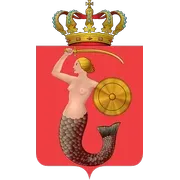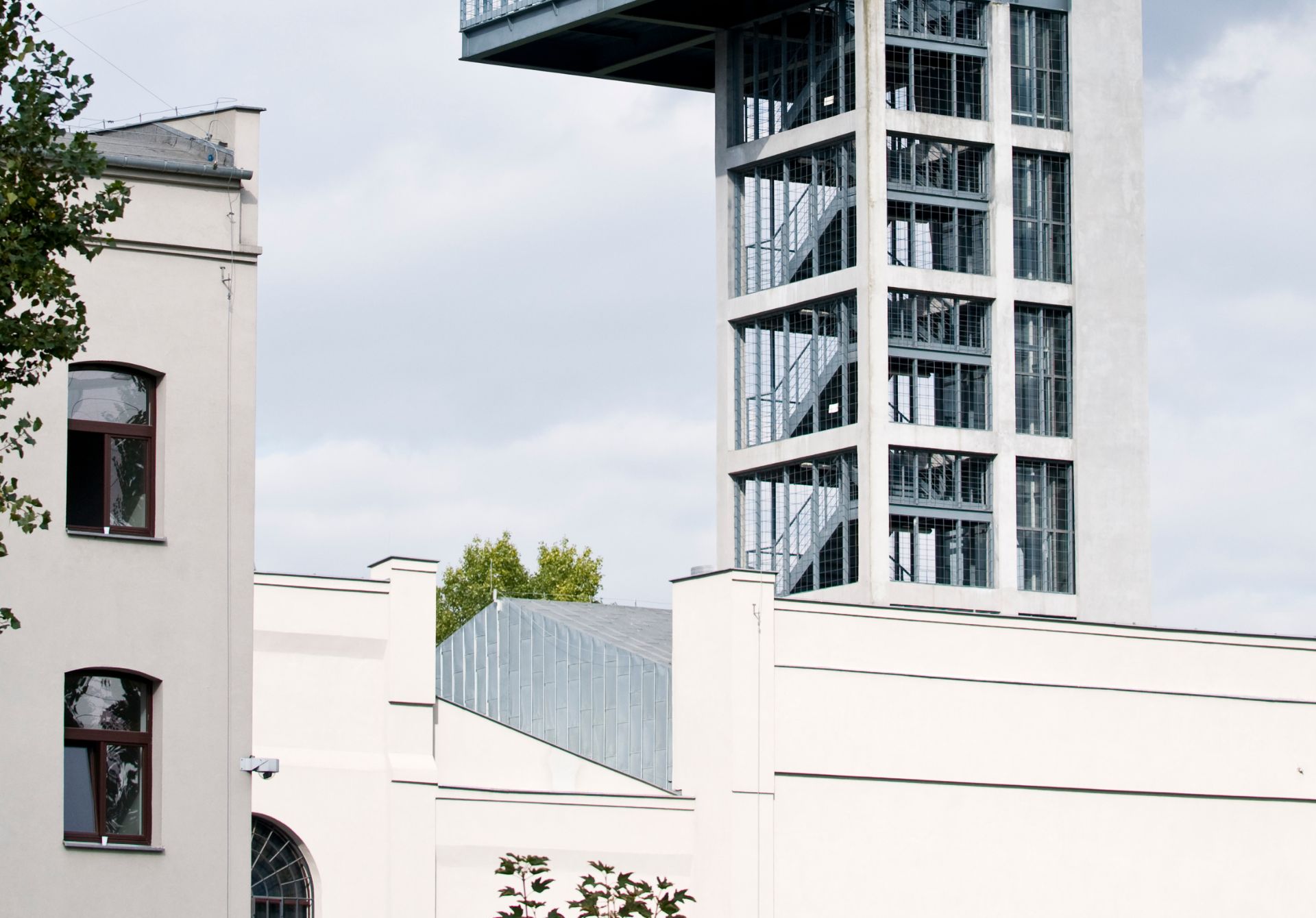Nestled in the heart of Poland’s capital city, the Warsaw Uprising Museum stands as a powerful testament to the courage and resilience of the Polish people during World War II. This world-class institution not only commemorates one of the most significant events in Polish history but also serves as an educational beacon for future generations.
Historical Context
The Warsaw Uprising of 1944 was a major operation by the Polish resistance movement to liberate Warsaw from Nazi German occupation. Lasting 63 days, from August 1 to October 2, 1944, it was the largest single military effort undertaken by any European resistance movement during World War II.
Despite initial successes, the uprising was ultimately crushed by German forces, resulting in the near-total destruction of Warsaw and the deaths of up to 200,000 civilians. The aftermath saw the systematic destruction of the city by Nazi forces and the expulsion of its remaining population.
Establishment and Mission
The Warsaw Uprising Museum opened its doors on July 31, 2004, marking the 60th anniversary of the uprising. Its primary mission is to educate visitors about the uprising, honor those who fought and died for Poland’s freedom, and preserve the memory of this crucial chapter in Polish history.
Located in a former tramway power station, the museum’s architecture blends historical elements with modern design, creating a unique and immersive environment for visitors.
Exhibits and Collections
The museum boasts an extensive collection of over 30,000 exhibits spread across several floors and thematic areas. Some of the most notable sections include:
1. The City of Ruins
A centerpiece of the museum is a meticulously crafted 3D film titled “City of Ruins.” This haunting aerial “flight” over the destroyed Warsaw of 1945 provides visitors with a visceral understanding of the uprising’s devastating aftermath.
2. Replica Underground Sewers
One of the most immersive exhibits is a recreated section of the city’s sewers, which insurgents used to move around the city during the uprising. Visitors can experience the claustrophobic conditions faced by resistance fighters.
3. The Nazi German Occupation
This section provides crucial context, detailing life in Warsaw under Nazi occupation from 1939 to 1944. It includes artifacts, photographs, and personal accounts that paint a vivid picture of daily life and the gradual build-up to the uprising.
4. The Little Insurgent Room
Dedicated to the youngest participants of the uprising, this poignant exhibit showcases toys, letters, and personal belongings of child insurgents, many of whom lost their lives during the conflict.
Interactive Elements and Technology
The Warsaw Uprising Museum stands out for its innovative use of technology to engage visitors. Interactive touchscreens, audio guides, and augmented reality experiences are seamlessly integrated throughout the exhibits, allowing for a more immersive and personalized visit.
One of the most popular interactive elements is the “Print Shop,” where visitors can print replica resistance newspapers and leaflets, giving them a hands-on experience of wartime communication methods.
Educational Programs and Outreach
The museum places a strong emphasis on education, offering a wide range of programs for schools, families, and adult learners. These include:
- Guided tours tailored to different age groups and interests
- Workshops on topics such as wartime photography, radio communication, and first aid
- Lectures and seminars featuring historians, veterans, and eyewitnesses
- Annual commemorative events, including reenactments and concerts
In 2023, the museum launched a virtual reality project that allows users worldwide to explore key sites of the uprising, further expanding its educational reach beyond Warsaw’s borders.
Impact and Recognition
Since its opening, the Warsaw Uprising Museum has welcomed over 9 million visitors, making it one of Poland’s most visited museums. Its impact extends far beyond mere numbers, however. The museum has played a crucial role in shaping Poland’s collective memory and national identity.
In 2018, the European Museum Forum awarded the museum a special commendation for its “outstanding achievement in presenting a difficult and controversial subject.” This international recognition underscores the museum’s success in balancing historical accuracy with emotional resonance.
The Warsaw Uprising Museum stands as a powerful reminder of the human cost of war and the indomitable spirit of those who resist oppression. Through its innovative exhibits, educational programs, and commitment to preserving memory, the museum ensures that the sacrifices made during the Warsaw Uprising are never forgotten.
As Poland continues to grapple with its complex past and shape its future, institutions like the Warsaw Uprising Museum play a vital role in fostering understanding, promoting dialogue, and inspiring new generations to value freedom and democracy. For visitors to Warsaw, the museum offers not just a glimpse into history, but a profound and moving experience that resonates long after they leave its halls.

